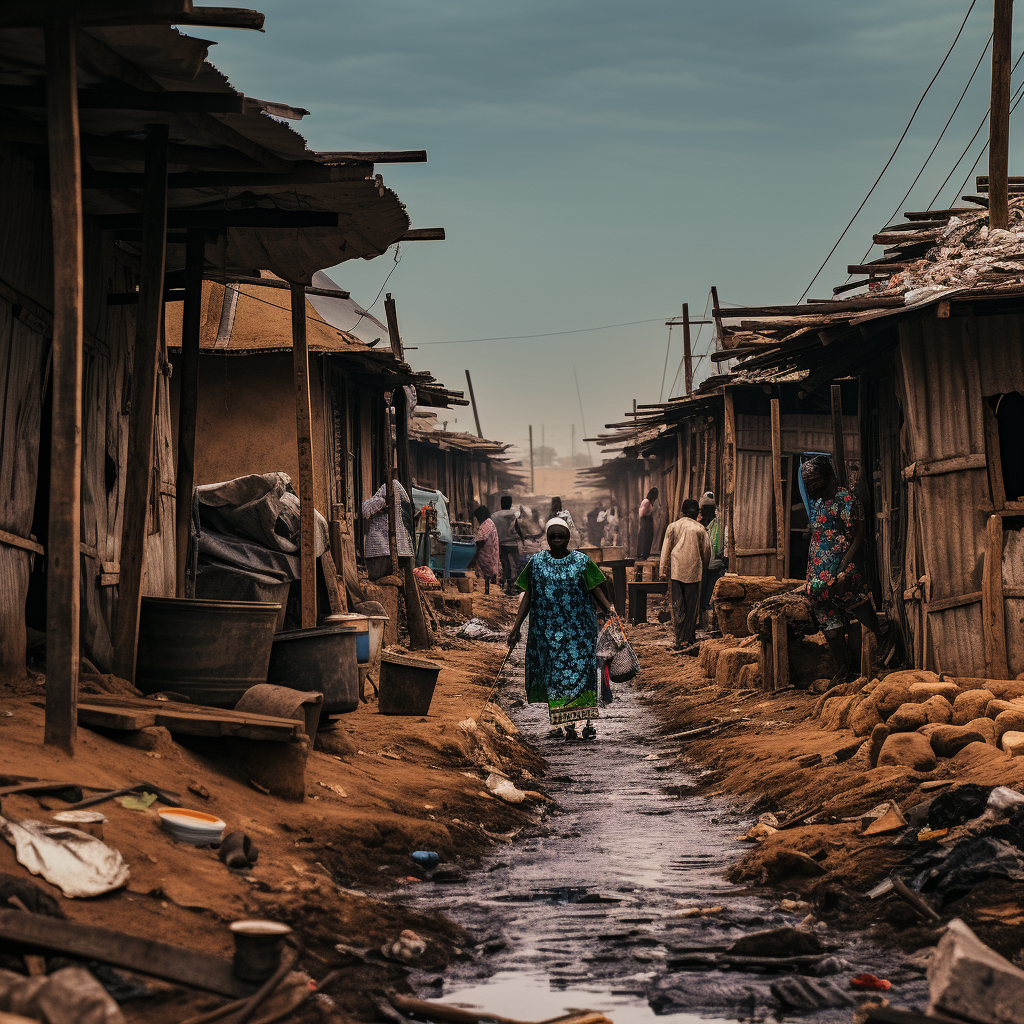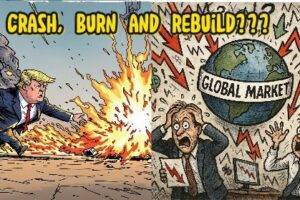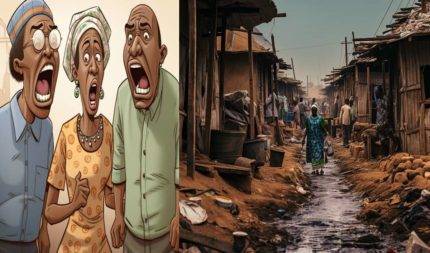Cowriters: F.M.P and Mayowa Bolaji
Nigeria’s Poverty Landscape: The Unabated Burden
Nigeria‘s Poverty Landscape: Nigeria, a country with immense potential, is grappling with a persistent issue: poverty. More than 80 percent of Nigerians live below the poverty line, painting a grim picture of economic hardship that affects the majority of the population.
Nigeria’s Poverty Landscape: Soaring Cost of Living
One of the most telling indicators of Nigeria’s poverty landscape is the exorbitant cost of living. The prices of essential goods and services have skyrocketed, leaving ordinary Nigerians struggling to make ends meet. Cooking gas prices fluctuate between 1000 and 1500 naira per kilogram, while a bag of rice can cost between 45,000 and 50,000 naira. Additionally, the cost of a liter of petrol varies from 600 to 700 naira, exacerbating financial hardship for the masses.
Low Standard of Living and Underemployment
The poverty map in Nigeria reveals a grim reality for its citizens, with a significant portion of the workforce trapped in underemployment and earning meager wages. This situation forces many Nigerians to rely on insufficient sustenance, like “Pomo” (animal skin), and high transport fares leave them with no choice but to walk long distances, highlighting the absence of affordable public transportation.

Soaring Inflation Rates
The National Bureau of Statistics reports that Nigeria is facing a daunting inflation rate, currently standing at 25 percent or even higher. This alarming inflationary trend is driven by the imbalance between the supply of goods and the availability of money. The Consumer Price Index underscores the severity of the situation.
The Nigerian Poverty Map
The National Bureau of Statistics‘ “Nigeria Poverty Map” sheds light on the extent of poverty in the country. Nearly 133 million Nigerians are classified as multidimensionally poor, with 65 percent living in the north and 35 percent in the south. More than six out of ten Nigerians are multidimensionally poor, and seven out of ten living in rural areas fall into this category, in contrast to four out of ten in urban areas. The average deprivation score among the poor is a staggering 40.9.
A Call to Action
The Nigerian government faces an urgent imperative to address this dire situation. The stark disparity outlined on Nigeria‘s poverty map is an undeniable testament to the pressing need for comprehensive reforms and policies aimed at lifting the struggling masses and paving the way for a more prosperous future. As the nation grapples with these harsh realities, a proactive response is essential to improve the lives of ordinary Nigerians and create a more equitable society.
Some of the critical role the government has to play in ameliorating this dire situation is through the provision of essential infrastructure and services. Among these vital elements are stable electricity supply, well-maintained roads, and quality healthcare, which can significantly impact Nigeria’s poverty landscape alleviation. A reliable power grid fosters economic growth, job creation, and reduces living costs. Additionally, well-kept roads facilitate transportation, benefiting agriculture and creating employment opportunities. Quality healthcare and educational investments can break the poverty cycle, while access to clean water, financial inclusion, and social safety nets offer further avenues for improvement.
In closing, the multifaceted nature of Nigeria’s poverty problem necessitates a holistic approach. The government’s commitment to delivering stable electricity, robust infrastructure, quality healthcare, education, clean water, and financial inclusion can markedly contribute to alleviating poverty and empowering the nation’s marginalized population. These initiatives not only enhance living conditions but also offer individuals the chance to break free from the cycles of poverty, thereby building a brighter future for both themselves and the nation as a whole.
Table of Contents
Discover more from OGM News NG
Subscribe to get the latest posts sent to your email.














